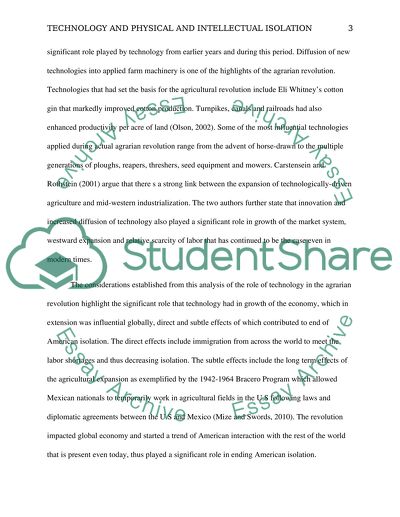Cite this document
(“End of Physical and Intellectual Isolation of Americans: The Role of Admission/Application Essay”, n.d.)
Retrieved from https://studentshare.org/history/1440112-in-what-ways-has-technology-ended-the-physical-and
Retrieved from https://studentshare.org/history/1440112-in-what-ways-has-technology-ended-the-physical-and
(End of Physical and Intellectual Isolation of Americans: The Role of Admission/Application Essay)
https://studentshare.org/history/1440112-in-what-ways-has-technology-ended-the-physical-and.
https://studentshare.org/history/1440112-in-what-ways-has-technology-ended-the-physical-and.
“End of Physical and Intellectual Isolation of Americans: The Role of Admission/Application Essay”, n.d. https://studentshare.org/history/1440112-in-what-ways-has-technology-ended-the-physical-and.


